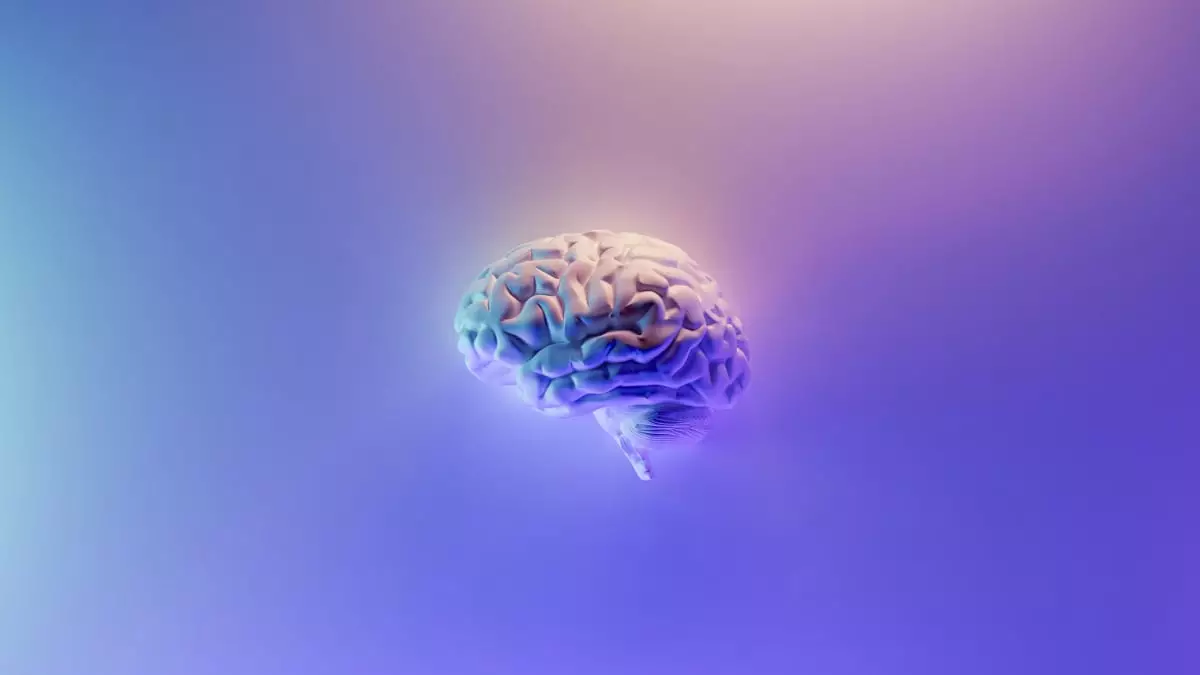The idea of accessing memories from the brains of deceased individuals has captivated both scientists and the public, intertwining the realms of neuroscience and philosophy. The advancements made in understanding how memory is stored and processed have paved the way for discussions about the theoretical implications of memory retrieval post-mortem. However, while the fascination grows, so too do the challenges associated with this intricate biological process.
Understanding Memory Storage: Engrams and Beyond
Recent research has illuminated the concept of engrams—physical manifestations of memories crafted by networks of neurons in the brain. Specifically, studies highlight that engrams reside in the hippocampus, an area indispensable for memory formation. These engrams encapsulate fragments of experiences, relying on synaptic connections among neurons. Although knowledge about engram formation has progressed, current understanding remains rudimentary. Neuroscientists like Don Arnold from the University of Southern California emphasize that engrams are merely representations of memories; they are not synonymous with the memories themselves. This distinction complicates the potential for memory retrieval because it illustrates the layered architecture of how experiences are encoded in the brain.
Charan Ranganath, a prominent neuroscientist at the University of California, Davis, elucidates another critical aspect of memory: its inherently reconstructive nature. Unlike a traditional storage system, human memory is dynamic. When individuals attempt to recall an event, they do not simply retrieve it as a complete file; instead, they reconstruct the memory from fragments, often filling in the gaps with their interpretations and emotions. This intrinsic quality complicates the aspiration to recreate an accurate recollection of the past, as the accuracy is woven together with personal biases and subjective interpretations.
Although speculative discussions about future technological capabilities suggest that it might one day be possible to simulate these neural networks and access memories, practical realization remains far-fetched. It would require sophisticated, continuous brain scanning throughout an individual’s life to effectively map the formation of memories. As it stands, no reliable methods exist to extract or recreate people’s experiences once they pass away. This limitation spark serious ethical dilemmas as well, mainly concerning consent and the implications of accessing or tampering with the memories of individuals who can no longer articulate their will.
At present, the consensus among researchers is clear: the memories of individuals, rich in detail and emotion, cease to exist at death. While the quest for retrieving memories from deceased brains is a riveting subject, it remains confined within the boundaries of theoretical exploration. As we continue to delve deeper into the mysteries of the brain, the complexities associated with memory retrieval illustrate both the marvel and the limitations of human cognition. The secrets held within the brain are profound, but perhaps some memories are better left undisturbed, serving as ephemeral fragments of individual lives that can be cherished but not extracted.


Leave a Reply